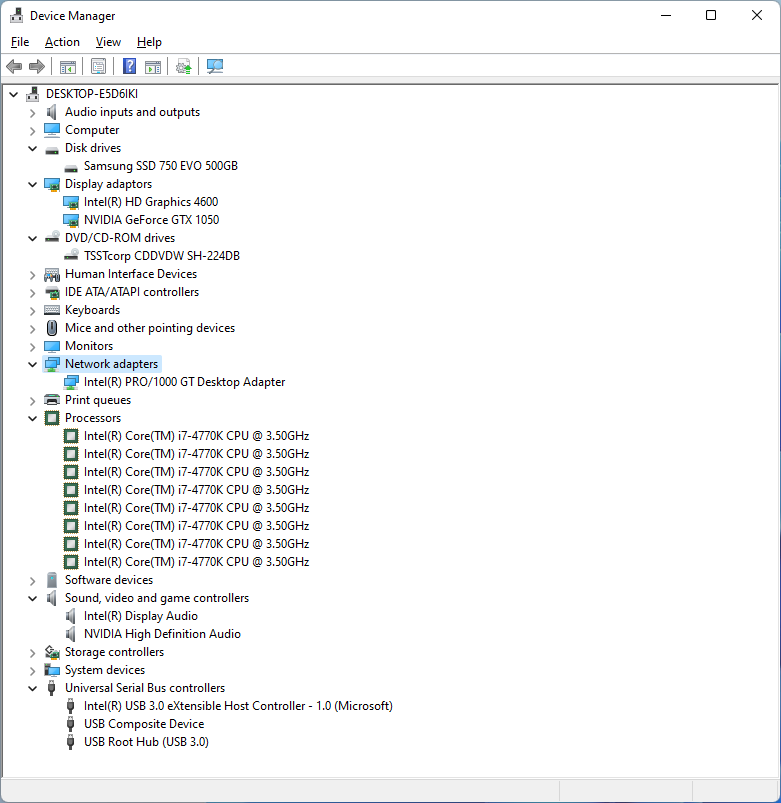Troubleshooting Display Issues on Your Computer: A Guide for Users
Are you experiencing odd display issues on your computer? If you’ve noticed that when you left-click and drag your mouse, strange black squares appear on the screen, or if certain applications highlight in black without disappearing, you’re not alone. Many users encounter these frustrating glitches, and while they can be disconcerting, there are steps you can take to resolve the issue.
First, it’s essential to ensure that the problem isn’t temporary. If you haven’t already, try restarting your computer. A simple reboot can often clear up minor display anomalies.
If the issue persists, consider checking for driver updates. Outdated graphics drivers can lead to various display problems, so ensuring they are up-to-date is crucial. You can do this by visiting the manufacturer’s website or using built-in update features in your operating system.
Moreover, performing a system reset might help. However, it’s advisable to back up your data before doing so, as resetting could result in data loss.
If you’ve followed these steps and the problem continues, it may be time to explore additional options such as checking hardware connections or seeking professional assistance. Out-of-place cables or faulty hardware can also be culprits behind display issues.
In conclusion, while it can be challenging to navigate computer problems, following these troubleshooting steps can lead you toward a solution. If all else fails, don’t hesitate to reach out to tech support for specialized guidance tailored to your situation.
Share this content:




Re: Troubleshooting Display Issues on Your Computer
Thank you for sharing the details of your issue. Display glitches like black squares and unusual highlights can indeed be troubling. Based on your description, I recommend the following additional steps:
If after trying these steps the problem persists, we strongly recommend consulting a professional technician or reaching out through Tech Support for